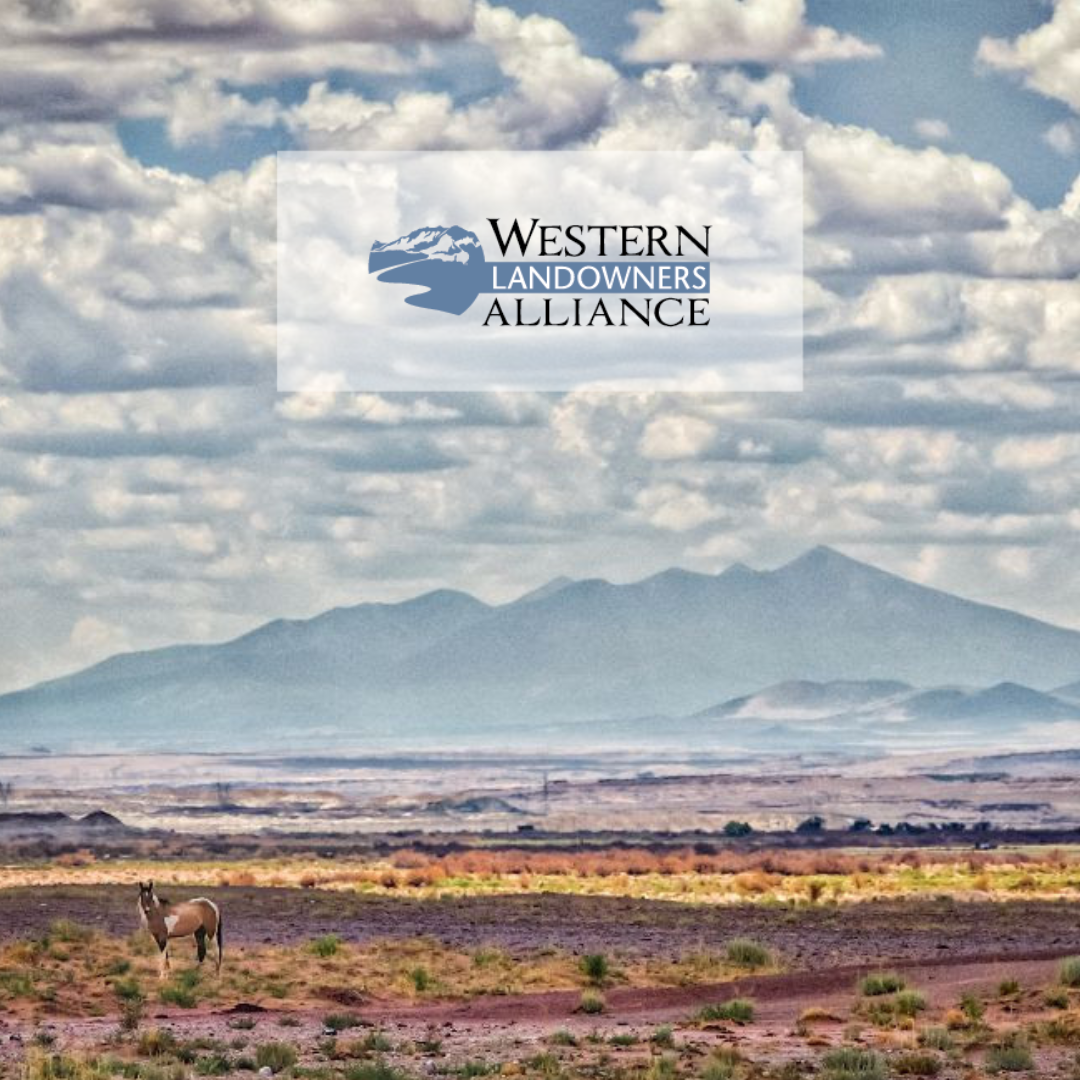USDA, Partners Usher in a New Era in Conservation
| New Conservation Initiative Goes Beyond Traditional Government Efforts to Allow Businesses, Other Partners to Invest in Regional Conservation Projects | |||
Learn more about Regional Conservation partnerships by watching the USDA Venture Conservationist – USDA’s Regional Conservation Partnership Program video. video.
BAY CITY, Mich., May 27, 2014 – Agriculture Secretary Tom Vilsack today joined Senate Agriculture Committee Chairwoman Debbie Stabenow to launch a new era in American conservation efforts with an historic focus on public-private partnership. Vilsack made the announcement in Bay City, Mich., which sits at the heart of the Saginaw Bay watershed in the center of the Great Lakes region, an area where agriculture is a leading industry. Vilsack also praised Senator Stabenow for her leadership as Agriculture Committee Chair to improve conservation programs in Michigan and across the nation, and acknowledged her work to craft and secure passage of the 2014 Farm Bill, which authorized USDA to create the new conservation program. “This is an entirely new approach to conservation,” said Vilsack. “We’re giving private companies, local communities, and other non-government partners a way to invest in what are essentially clean water start-up operations. By establishing new public-private partnerships, we can have an impact that’s well beyond what the Federal government could accomplish on its own. These efforts keep our land resilient and water clean, and promote tremendous economic growth in agriculture, construction, tourism and outdoor recreation, and other industries.” Along the Saginaw Bay, intensive agricultural production, industrial pollution and other factors has created a need for enhanced water quality efforts. The new conservation program announced today, called the Regional Conservation Partnership Program (RCPP), will benefit similar areas across the nation. RCPP streamlines conservation efforts by combining four programs (the Agricultural Water Enhancement Program, Cooperative Conservation Partnership Initiative, the Chesapeake Bay Watershed Initiative, and the Great Lakes Basin Program for Soil Erosion) into one. The RCPP will competitively award funds to conservation projects designed by local partners specifically for their region. Eligible partners include private companies, universities, non-profit organizations, local and tribal governments and others joining with agricultural and conservation organizations and producers to invest money, manpower and materials to their proposed initiatives. With participating partners investing along with the Department, USDA’s $1.2 billion in funding over the life of the five-year program can leverage an additional $1.2 billion from partners for a total of $2.4 billion for conservation. $400 million in USDA funding is available in the first year. Through RCPP, partners propose conservation projects to improve soil health, water quality and water use efficiency, wildlife habitat, and other related natural resources on private lands. This is an example of government at its best-streamlining multiple programs into one more effective effort, providing flexible tools, and connecting local citizens and organizations with resources that best address their priorities, protect and improve their quality of life, and propel economic growth. In addition to supporting local conservation goals, clean land and water investments create jobs in local communities. Conservation work involves building and maintaining infrastructure-building terraces in fields or restoring wetlands, which requires the hiring of contractors, engineers, scientists, and others. A 2013 study commissioned by the National Fish and Wildlife Foundation Conservation also provides an economic boost by spurring local tourism. Cleaner water and enhanced wildlife habitat provide additional opportunities for hunting, fishing, and outdoor recreation. The outdoor recreation economy supports 6.1 million direct jobs, $80 billion in federal, state, and local tax revenue, and $646 billion in spending each year. The RCPP has three funding pools: 35 percent of total program funding directed to critical conservation areas, chosen by the agriculture secretary; 40 percent directed to regional or multi-state projects through a national competitive process; and 25 percent directed to state-level projects through a competitive process established by NRCS state leaders. The critical conservation areas Secretary Vilsack announced today are: the Great Lakes Region, Chesapeake Bay Watershed, Mississippi River Basin, Longleaf Pine Range, Columbia River Basin, California Bay Delta, Prairie Grasslands, and the Colorado River Basin. USDA is now accepting proposals for this program. Pre-proposals are due July 14, and full proposals are due September 26. For more information on applying, read the announcement for program funding. To learn about technical and financial assistance available through conservation programs, visit www.nrcs.usda.gov/GetStarted or local USDA service center. For more on the 2014 Farm Bill, visit www.nrcs.usda.gov/FarmBill. # USDA is an equal opportunity provider and employer. To file a complaint of discrimination, write: USDA, Office of the Assistant Secretary for Civil Rights, Office of Adjudication, 1400 Independence Ave., SW, Washington, DC 20250-9410 or call (866) 632-9992 (Toll-free Customer Service), (800) 877-8339 (Local or Federal relay), (866) 377-8642 (Relay voice users). |
|||
| # |
Join WLA to stay up to date on the most important news and policy for land stewards.
Become a member for free today and we will send you the news and policy developments critical to the economic and ecological health of working lands.
WLA works on behalf of landowners and practitioners throughout the West. We will never share your contact information with anyone.
©2025 Western Landowners Alliance • PO BOX 27798, Denver, CO 80227 • 505.466.1495
Western Landowners Alliance is a 501 (c)(3) non-profit recognized by the IRS.
Tax ID: 46-1346488
